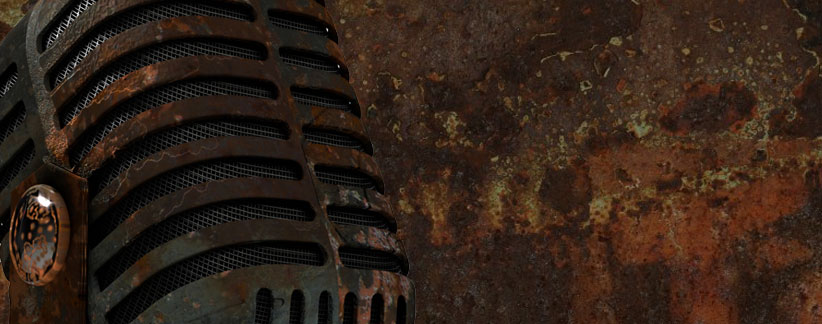Just like all the other electronic devices out there, microphones naturally wear out. Time is, of course, a major factor among all the other things. Normal wear and tear also affect the health of microphones. You can ensure the long life of your microphone by handling it with care. It needs such caring when it’s in storage as well as while it’s in use.
Most of the earlier microphones have proved that top-quality mics can continue performing well for decades. Although you can increase the longevity of your mic, it would eventually wear out. Here are some of the things that can cause the wearing out of mics:
1. Humidity
Humidity is a potential threat for all microphones. This is particularly true in case of the mics that are active. Humidity doesn’t greatly impact passive components, such as ribbon baffles, dynamic diaphragms, cartridges, transformers, and magnets. It can be really harsh on printed circuit boards (PCBs) and the components on these boards.
Some of these components include the field-effect transistors (FETs). In some cases, humidity can also stop an active mic from working. Humidity causes condensation on parts made of metal. As a result, the mic wears out pretty soon. This might also cause corrosion.
2. Corrosion
In the moving-coil dynamic diaphragms, the most commonly used conductive metal is copper. It gradually corrodes over time, which can slightly affect the dynamic performance. Most of the ribbon diaphragms use aluminum, which is also prone to corrosion.
A corroded ribbon diaphragm produces inaccurate and weaker signals compared to a fresh one. Condenser diaphragms use gold as a conductive material since it doesn’t corrode owing to humidity. There is constant exposure to oxygen and humidity in printed circuit boards.
The printed circuit boards use metals and are therefore prone to corrosion. The process of corrosion in such boards is slow. Corrosion also affects the body, grille, and output connection.
3. Heat
This is another factor that causes the microphones to wear out. It mostly affects the tube mics. Heating of a vacuum tube is necessary for its proper functioning. Tube microphones come with heaters in their interior parts for this purpose. Prolonged heat from the tube causes damage to the capsule and diaphragm.
Many of the tube microphones are upside down in their placement for this reason. You’ll often notice this during long sessions of recording. This position puts the tube above the capsule. When the heat rises, it has a lesser effect on the capsule as the tube is above it.
4. Dust and smoke
Dust and smoke accumulates on and inside a mic gradually with humidity acting as a catalyst. As a result, the microphone wears out, decreasing its overall performance. The mic’s diaphragm is prone to damage if there are sharp particles in the dust.
Among the microphones, ribbon mics are the ones that are especially sensitive to dust. If subjected to such particles, the diaphragms would break easily. It is, therefore, a good idea to cover a ribbon mic even while moving it around in a room.

